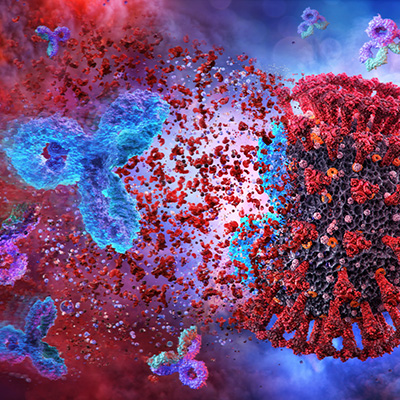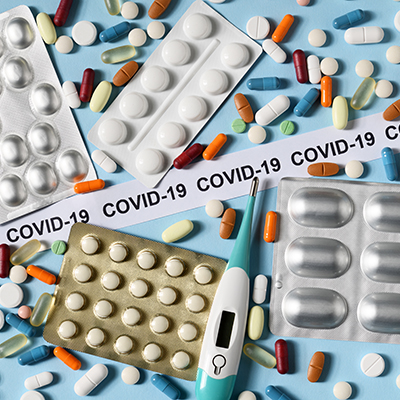July 23, 2020 -- Each day, we wake up hoping for positive news about vaccines and therapies to combat COVID-19. More than 70 candidate molecules are being evaluated for repurposing to treat COVID-19. This number will grow thanks to the use of new combination therapies discovered under an aggressive, disciplined, and quantitative approach to evaluating candidates called model-informed drug development (MIDD).
As drug developers, we know that the odds of any one of these compounds demonstrating safety and efficacy are low. Yet, we remain confident that one or more may deliver on its promise. As scientists, we seek evidence to support the repurposing of drugs and are concerned when news is shared prematurely or misunderstood by the public. We see this happening today with a variety of drugs, such as chloroquine, hydroxychloroquine, azithromycin, lopinavir/ritonavir, and ivermectin.
Modeling and simulation speeds drug development decision-making
MIDD, also called modeling and simulation, applies in silico quantitative models in drug development to facilitate decision‐making. MIDD is centered on knowledge and inferences generated from integrated models of compounds, mechanisms, and disease-level data. This approach can inform, reduce, and even eliminate clinical trials, guide decision-making on dose optimization, safety and toxicology, clinical trial design, and provide supportive evidence for efficacy.
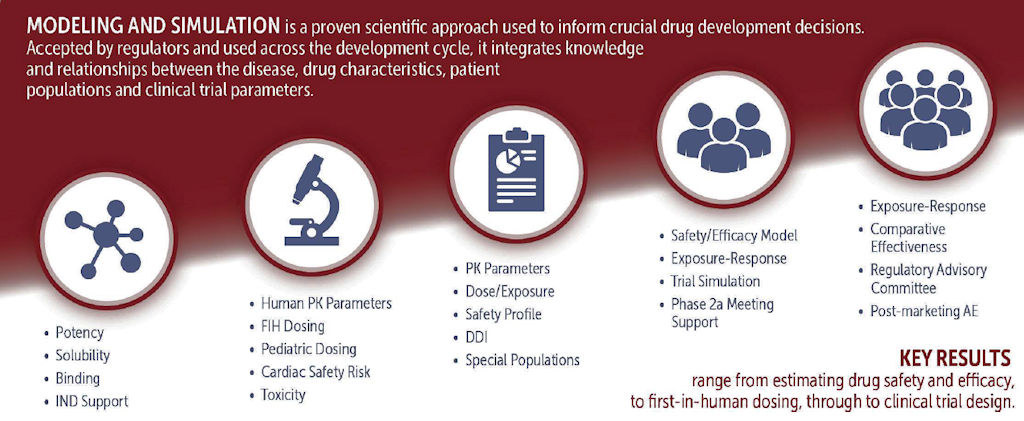
Image courtesy of Certara.
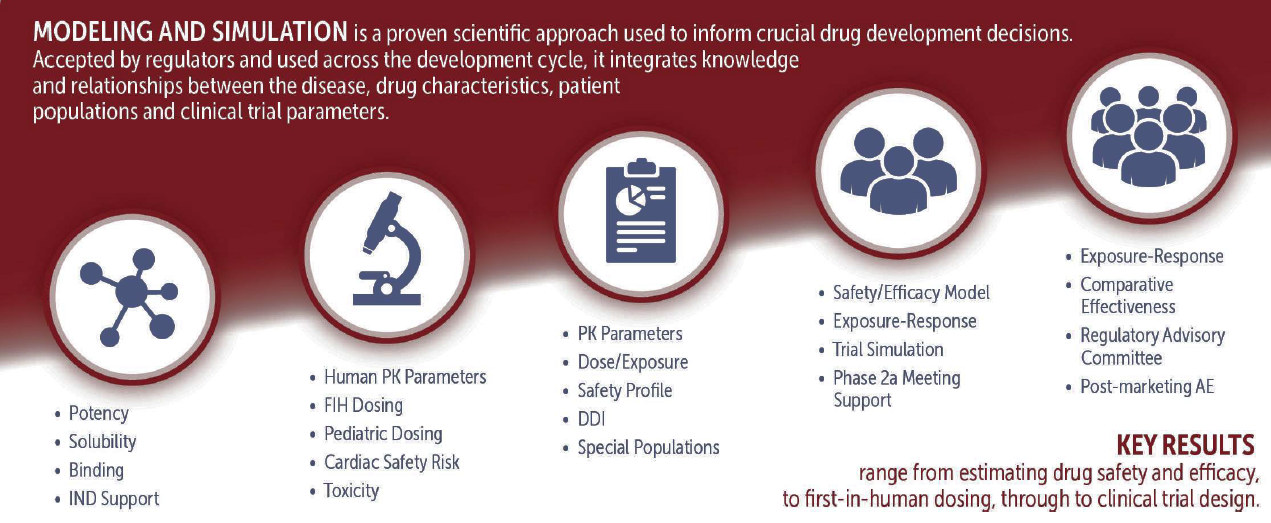
Image courtesy of Certara
Encouraged by global regulators, MIDD is used in virtually all novel drug development programs. Application of modeling and simulation is key to advancing the process of evaluating new COVID-19 therapies and combinations. We use MIDD to support go/no-go decisions and to progress the most promising candidates forward. We employ MIDD to translate data from:
- In vitro to in vivo
- Animal to human
- Sparse data to larger populations
- Healthy to COVID-19 patients
We can model drug performance in different organs such as the lung for COVID-19, evaluate drug-drug interactions (DDIs), analyze drug combinations, and investigate effect on viral load.
Using modeling and simulation for COVID-19
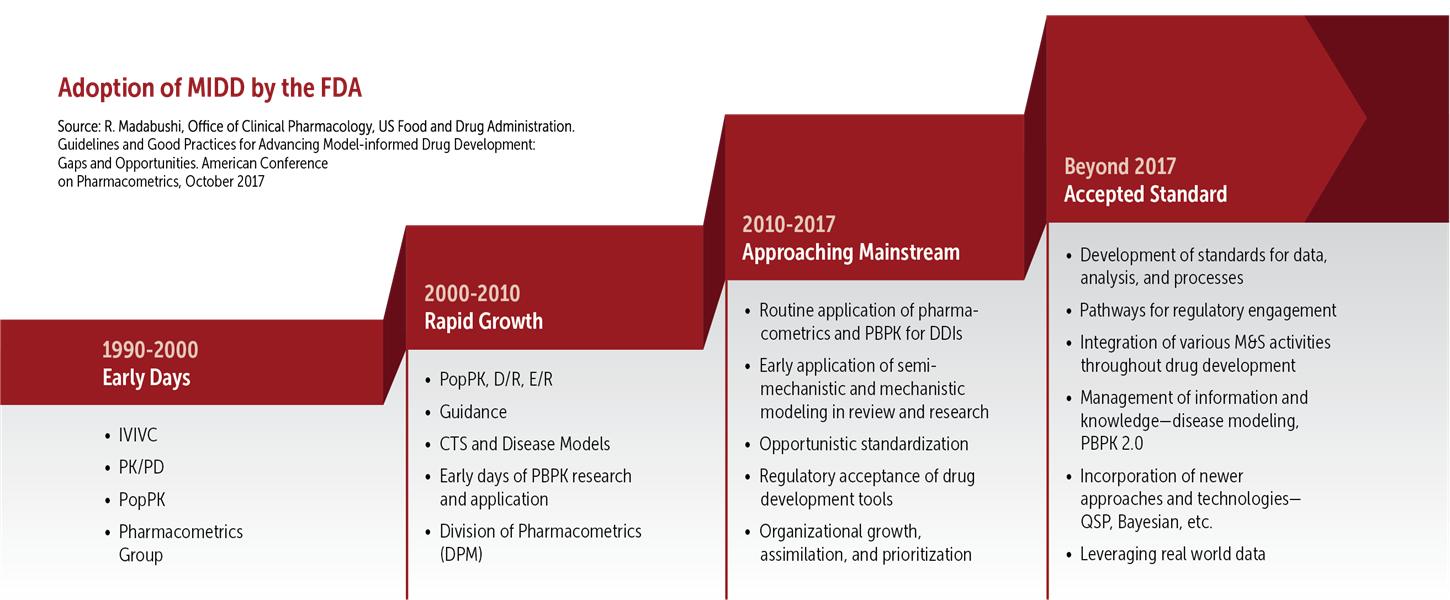
Image courtesy of Certera.
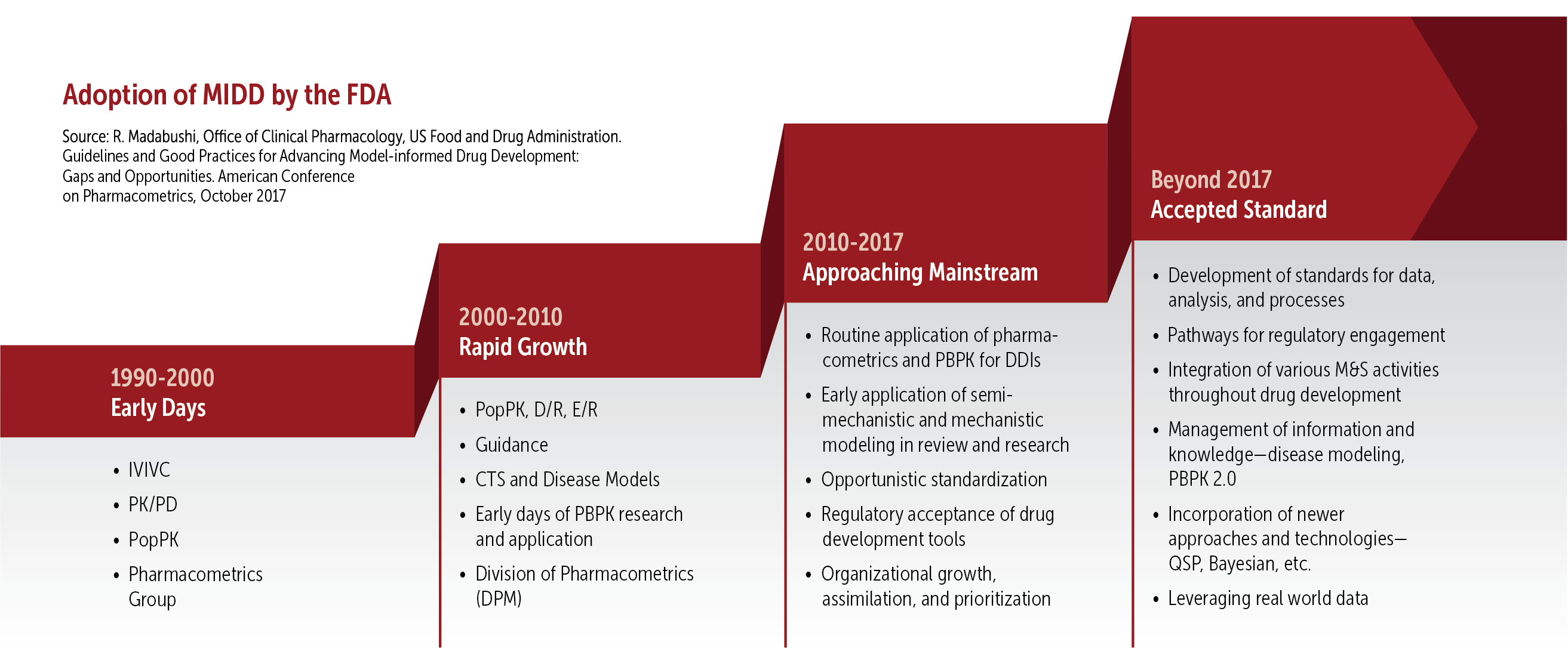
Image courtesy of Certera
Moving at light speed is critical for developing an effective therapy for COVID-19. For this reason, programs sometimes "skip" the usual steps such as healthy volunteer studies and other typical preclinical studies. MIDD facilitates the ability to make faster, more efficient drug development decisions, and is particularly relevant in responding to this global emergency. Our work here falls into several buckets:
- Repurposing individual and combination therapies
- Evaluating new antiviral drug candidates
- Expediting vaccine development
- Modeling virtual patients resulting from COVID-related trial gaps
By leveraging our expertise, we are partnering with companies to expedite protocol development and trial enrollment.
As many programs are going directly into COVID-19 patients, it is critical to get the dose right the first time. If the dose is too low, we may falsely conclude that the drug is ineffective, while a dose that is too high may cause toxicity, reducing our ability to treat patients.
We must balance the standards of good science against the need for speed. Our work has recently shown that some of the drugs under consideration for COVID-19 treatment were in fact, nonefficacious, including the antiparasitic drug ivermectin and the HIV antiviral lopinavir/ritonavir.
Advancing the game for COVID-19: viral kinetic and lung permeability modeling
Viral kinetic models use mathematical equations to describe the changes in viral load over time in an infected patient. They can provide important information about the cell infection rate, viral production, and clearance rates. Originally used for HIV-1, these models are used to predict disease course and treatment outcomes.
We are now combining viral kinetic modeling with pharmacokinetic-pharmacodynamic (PK-PD) modeling to quantify drug effects based on their mechanism of action and evaluate in silico the efficacy of combinations. Viral kinetic models have been helpful in elucidating major sources of intra- and inter-individual variability and can help explain why some patients become much sicker than others. These models have also been applied to optimize clinical trial design. Future applications of viral kinetic models include assessing the effectiveness of public health treatment strategies and informing health economic decision-making.
Another approach we are evaluating for the respiratory disease COVID-19 is modeling the lung exposure of drugs. Working with several leading global health institutions to combat the tuberculosis (TB) epidemic, we developed a multicompartment permeability-limited lung model. This physiologically based pharmacokinetic (PBPK) model helps drug developers leverage in vitro and in silico data to understand drug disposition and penetration in plasma, lung tissue, epithelial lining fluid, and TB granulomas. In addition, these tools allow researchers to simulate a range of variables — drug dose, disease state, and concomitant medications — and thus support designing more effective drug regimens.
In summary, the global community of scientists is working 24/7 to identify, study, and test potential treatments and cures for COVID-19. Rarely before have we seen a more compelling case to open the MIDD toolbox and leverage it for COVID-19. Together, our scientific community will prevail.
Patrick Smith, PhD, is senior vice president of Integrated Drug Development Strategy at Certara.
Karen Rowland Yeo, PhD, is senior vice president of Client and Regulatory Strategy at Certara's Simcyp Division.
Do you have a unique perspective on your research related to novel drug development or drug repurposing? Contact the editor today to learn more.
Copyright © 2020 scienceboard.net




